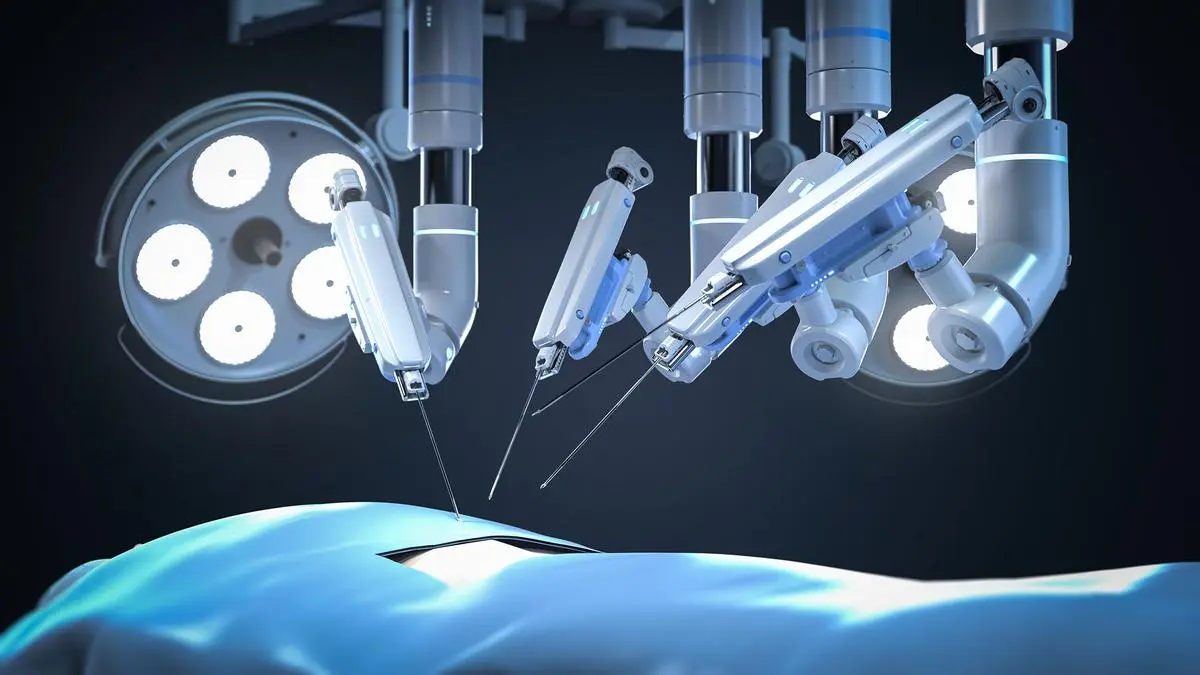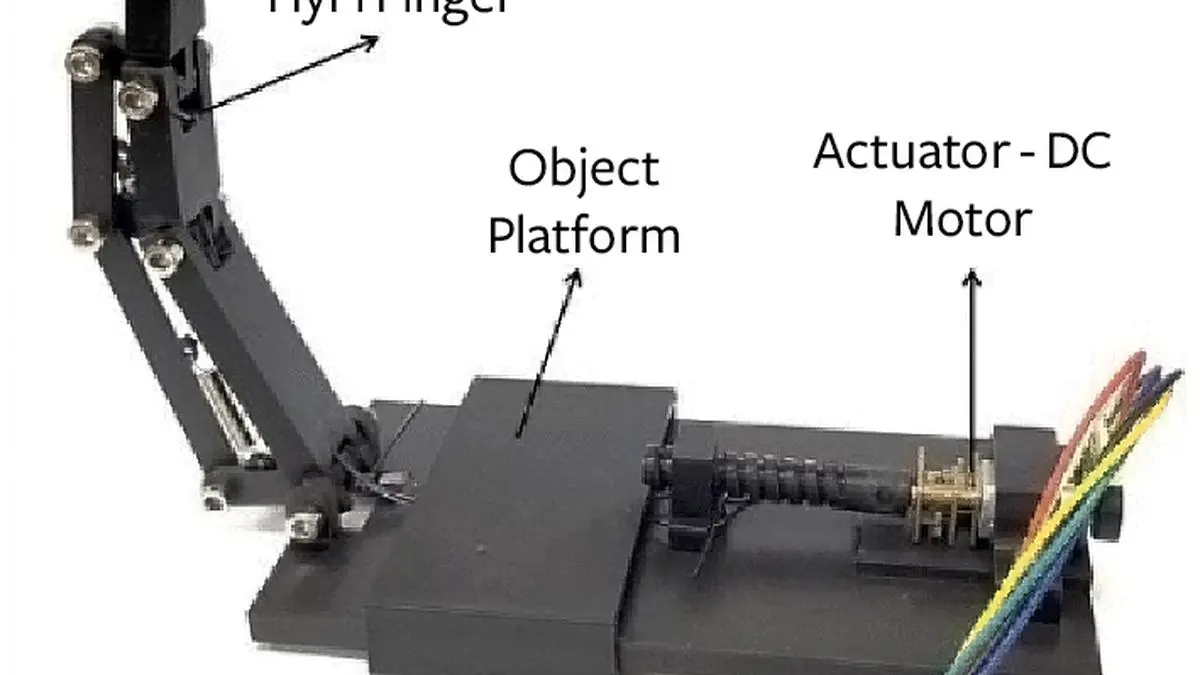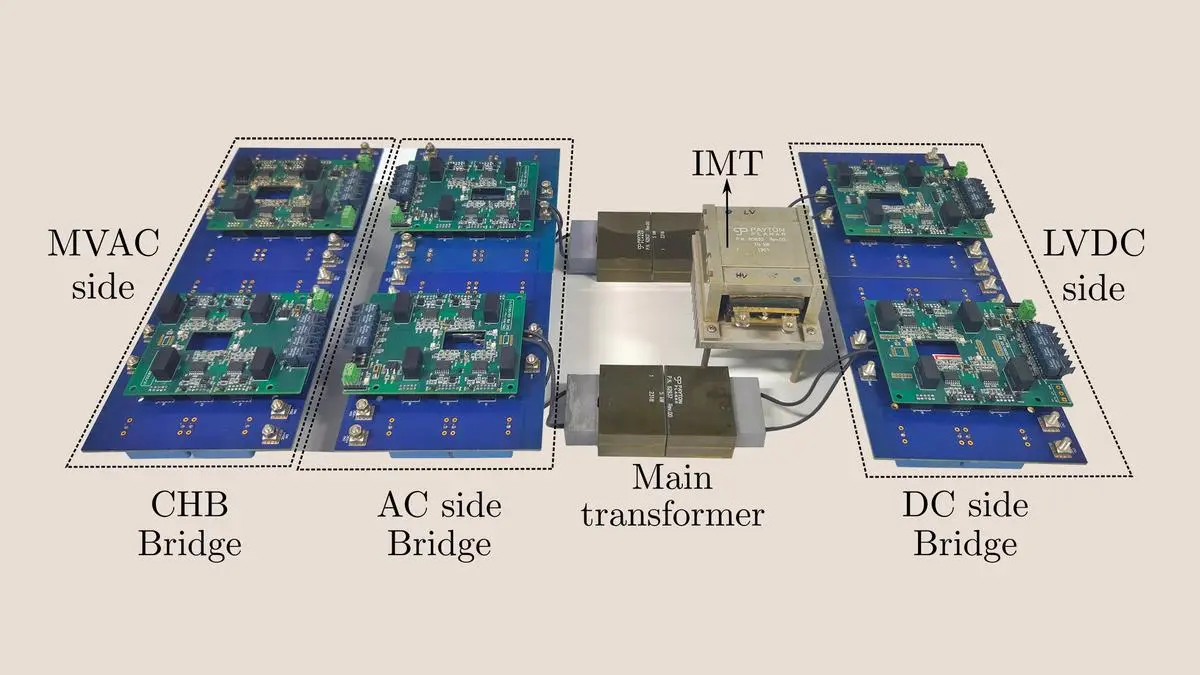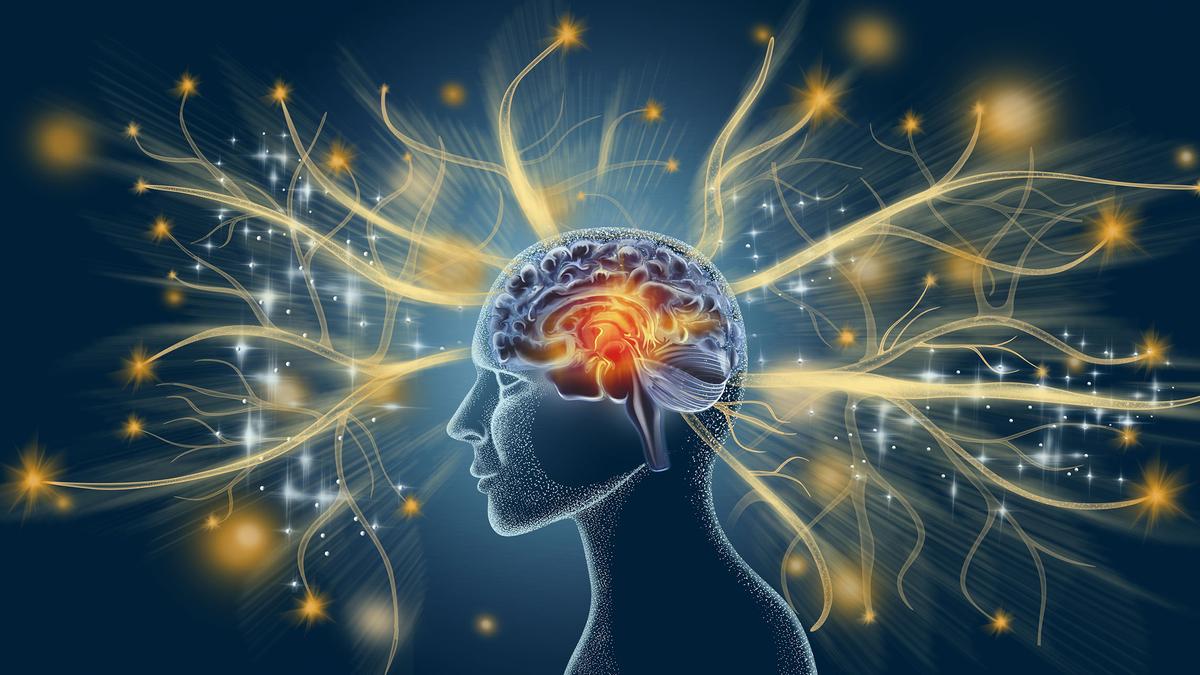Ask Associate Professor Bhargava Rama Chilukuri why he chose to do research on traffic speeds, and he will tell you: “Drawing an average from a given data set does not actually represent any part of that dataset. Traditionally, traffic velocity has been estimated for one class of vehicles, say, cars. Those findings have then been extrapolated to other vehicles — such as trucks (half as fast as cars), bikes (1.25 times faster), etc. That doesn’t lend a lot of accuracy.”
He and his colleague Abirami Krishna Ashok, at the Civil Engineering Department of IIT-Madras, have come up with a framework for characterising and predicting traffic states under different traffic conditions. “This is important for a country like India as we have different vehicle types depending on the purchasing capacity of individuals. In the US, far more families own cars than in India, so a homogenous model is fine,” Chilukuri says.
Converting all vehicles into ‘passenger car equivalency’ units, resulting in a single-state variable, worked well in the Western economies that came up with these models. Metrics that work for the US do not adequately represent class-wise behaviours in India.
Chilukuri says, “Our framework identifies unique speed patterns for each class of vehicle — whether it’s a two-wheeler or a heavy truck — making it possible to deliver much more accurate class-wise traffic forecasts and smarter, data-driven interventions to alleviate congestion and enhance safety.”
The findings of the research were published in a paper last year in the IEEE Access journal.
The exercise collected travel time data, often sourced from sensors. This raw data is ‘class-agnostic’, meaning the travel-time records do not identify the vehicle class — whether car, truck or bike. The data is aggregated into five-minute periods and cover a range of speeds from 5 kmph to 65 kmph.
Traffic states
In a video interview with businessline, the researchers said they used learning algorithms to cluster the data to identify the most frequently occurring traffic states. The study defined 50 traffic states.
To order these states from ‘freely flowing’ to ‘congested’, the researchers used the concept of ‘area occupancy’ (AO) — these are values calculated for each defined state, considering five predominant vehicle classes: two-wheeler (2W), three-wheeler (3W), car (CAR), light commercial vehicle (LCV), and heavy vehicle (HV).
States are then ordered in the ascending order, with State 1 denoting free-flow (lowest AO) and State 50 denoting highly congested (highest AO). This process allows for the estimation of class-wise speeds. The framework defines speeds based on the speed dynamism exhibited by vehicle classes, generally following the order of 2W, 3W, CAR, LCV, and HV.
The researchers’ model aims to predict traffic states using state information from prior records and pattern probabilities, which are fed by daily observations, such as peak or off-peak hour traffic.
The traffic state predictions are subsequently mapped back to vehicle class-wise speeds. The researchers say this approach showed advantages against existing methods in performance and efficiency.
Chilukuri says the prediction results showed that the proposed approach preserves the order, or ranking, of class-wise speeds better than the traditional approach. For the test dataset, the joint model retained the correct rank for all five vehicle classes in 58 per cent of observations, compared to 46 per cent in the traditional model.
Ashok points out that the predictions can help public transport authorities in scheduling or rerouting buses. Likewise, logistics firms can help their fleet perform more efficiently. The model, the researchers say, can serve as the foundation for systems suited to future traffic conditions, which will likely see a mix of human-driven, autonomous and electric vehicles.
The next step, says Chilukuri, is for the institute to engage with the technology industry, ideally digital mapmakers, to use the proposed model for more accurate estimations of traffic speed, flow and density.
More Like This
Published on October 20, 2025





